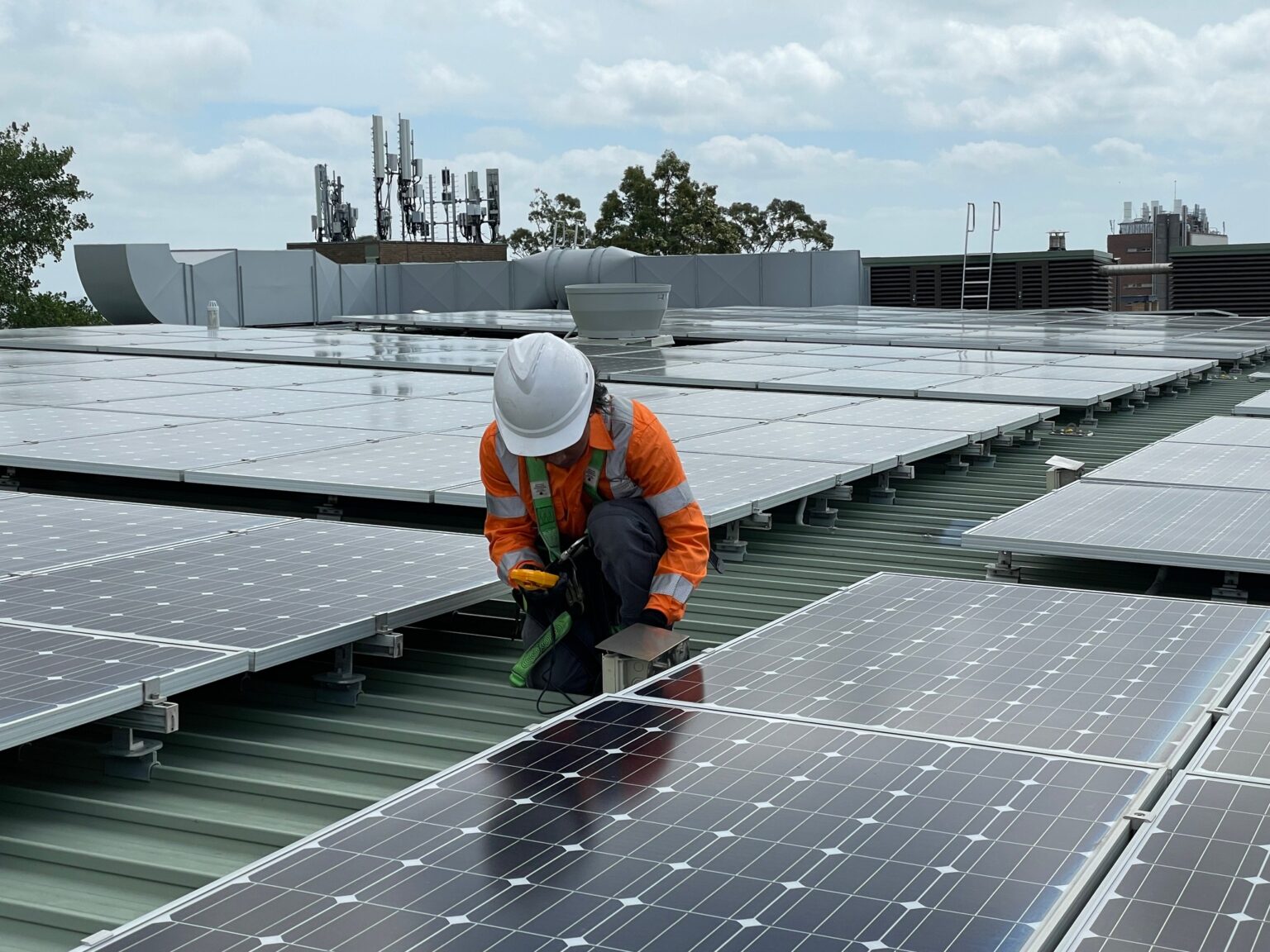‘Maintenance first’ approach needed to fix $1.35 billion annual solar leak

Originally published in PV Magazine
Every commercial solar system ever built, or ever to be built, will inevitably require maintenance. Yet, across Australia’s renewable energy sector, maintenance remains chronically overlooked – often treated as an afterthought rather than an essential part of solar asset management.
This oversight is costing Australia’s solar sector approximately $1.35 billion (USD 850 million) each year, largely due to avoidable energy losses, unnoticed faults, and unnecessary downtime. Until recently, the industry lacked a comprehensive, nationwide view into just how serious and widespread these maintenance issues are.
Extensive research and hands-on experience have uncovered alarming evidence of systemic maintenance failures that demand immediate attention. Analysis clearly demonstrates that shifting towards a proactive, data-driven approach to maintenance is not just beneficial but critical to the ongoing health and efficiency of solar assets.
Firstly, let’s consider the hidden costs at stake. Our data reveals that the $1.35 billion in annual losses stems primarily from undetected faults, operational inefficiencies, and preventable downtime within large-scale solar installations. Many asset owners and operators aren’t even aware of these losses until the damage has compounded, becoming costly and complex to rectify. This problem is amplified by a widespread industry practice that prioritises installation speed and initial cost-saving over long-term reliability and operational integrity.
Secondly, our findings identify recurrent points of failure within solar systems. Components such as inverters, DC isolators, and cabling are consistently vulnerable to degradation and failure. These critical components often deteriorate silently, unnoticed until significant, costly, or hazardous damage has occurred. Regular inspections and proactive maintenance schedules could identify and mitigate these risks well before they escalate.
Additionally, our research highlights important regional variations affecting solar system maintenance. Australia’s vast geography and diverse climate conditions significantly influence the performance of solar assets. Each region faces distinct maintenance challenges; systems located in humid, coastal areas, for example, suffer differently compared to those in hotter, dryer inland locations. This means maintenance strategies need to be tailored regionally rather than taking a one-size-fits-all approach, as currently happens too often.
Perhaps most concerning is the underinvestment in systematic, proactive maintenance, which dramatically increases safety hazards. Solar assets, when poorly maintained, carry heightened risks including electrical faults, equipment failures, and even fires. Neglecting maintenance not only threatens financial and operational stability but also poses significant safety risks to workers, communities, and the broader environment.
We believe strongly in the need for a fundamental shift towards what we call a “maintenance first” approach. Regular maintenance checks should be viewed as no different from servicing a car – routine, essential, and non-negotiable.
Incorporating proactive maintenance practices from the outset, from system design through deployment and beyond, significantly reduces financial losses, enhances safety, and ensures optimum system performance over the long term.
Our perspective comes directly from extensive experience in the field, where we’ve consistently seen how maintenance is sidelined, overshadowed by the drive for installations. This reactive, fragmented approach leaves asset owners vulnerable to avoidable risks and costly inefficiencies. Yet, with Australia’s mature and rapidly expanding commercial solar industry, our nation is uniquely positioned to lead globally in promoting smarter, more integrated solar asset management practices.
Indeed, Australia can and should become the global standard-bearer for best-practice solar maintenance. Leveraging advanced technologies, real-time monitoring, and comprehensive data-driven approaches can significantly elevate solar asset performance and reliability, offering a model that other countries can follow. We have the opportunity now to reshape industry standards, to drive innovation, and to ensure that renewable energy assets achieve their fullest potential—delivering not just short-term gains but sustained long-term value.
We stand at a critical juncture. Prioritising maintenance today can unlock substantial economic benefits, protect critical infrastructure investments, and support the ongoing growth and stability of renewable energy in Australia and beyond. It’s time the renewable energy industry recognises maintenance not merely as an expense but as an essential investment in sustainable, safe, and economically beneficial solar energy.
Authors: Daniel Lazarus, co-founder of solar energy management company Industrias Services Group; Chris Martell, Managing Director of renewable energy engineering, training and consultancy GSES